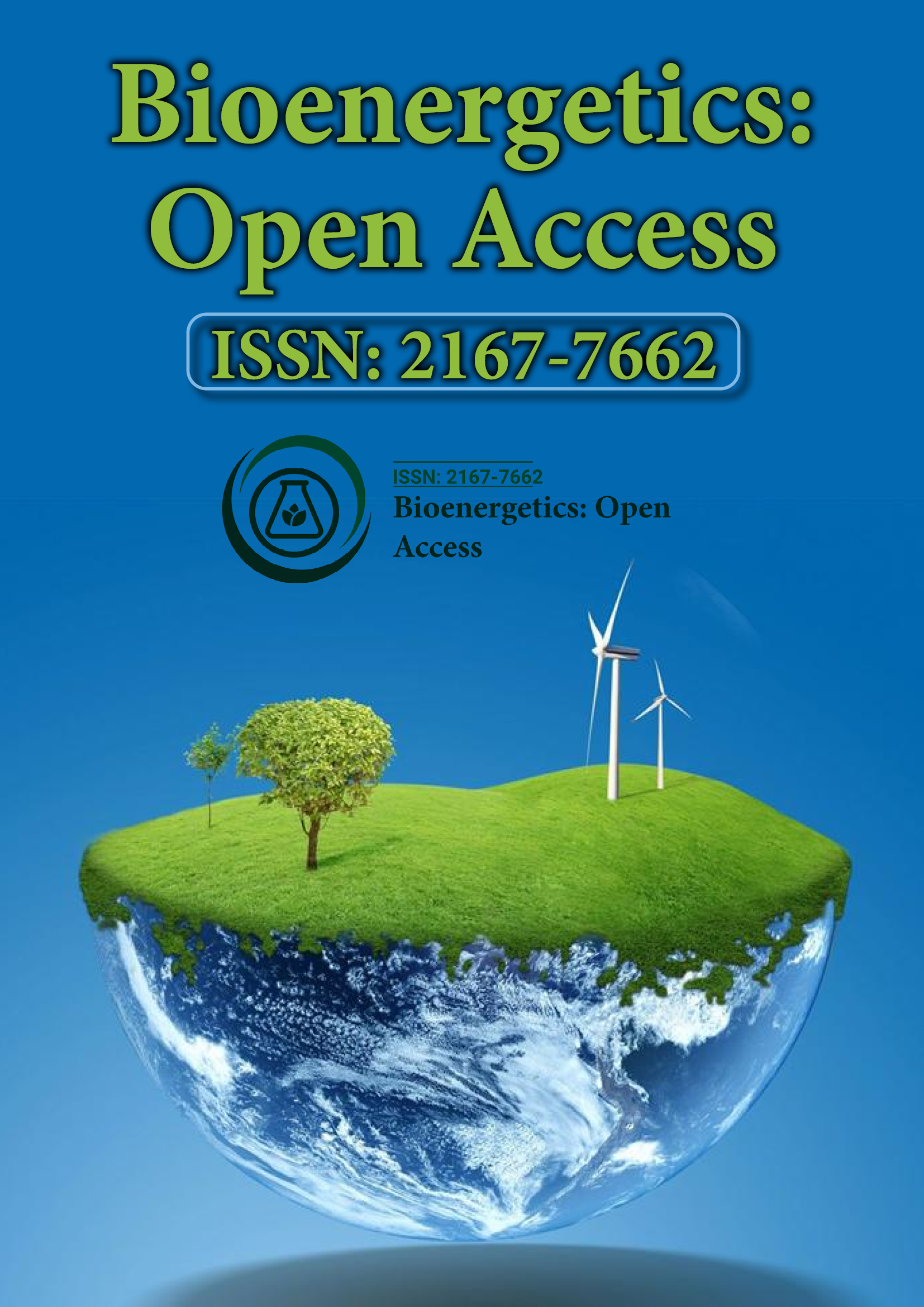Indexed In
- Open J Gate
- Genamics JournalSeek
- Academic Keys
- ResearchBible
- RefSeek
- Directory of Research Journal Indexing (DRJI)
- Hamdard University
- EBSCO A-Z
- OCLC- WorldCat
- Scholarsteer
- Publons
- Euro Pub
- Google Scholar
Useful Links
Share This Page
Journal Flyer

Open Access Journals
- Agri and Aquaculture
- Biochemistry
- Bioinformatics & Systems Biology
- Business & Management
- Chemistry
- Clinical Sciences
- Engineering
- Food & Nutrition
- General Science
- Genetics & Molecular Biology
- Immunology & Microbiology
- Medical Sciences
- Neuroscience & Psychology
- Nursing & Health Care
- Pharmaceutical Sciences
Opinion Article - (2024) Volume 12, Issue 4
Innovative Approaches to Sustainable Organic Synthesis using Flavin and Iodine Catalysis
William White*Received: 29-Nov-2024, Manuscript No. BEG-24-28111; Editor assigned: 02-Dec-2024, Pre QC No. BEG-24-28111 (PQ); Reviewed: 16-Dec-2024, QC No. BEG-24-28111; Revised: 23-Dec-2024, Manuscript No. BEG-24-28111 (R); Published: 30-Dec-2024, DOI: 10.35248/2167-7662.24.12.282
Description
The concept of aerobic oxidative Carbon-Carbon (C-C) bond formation via C-H bond activation facilitated by flavin and iodine represents a potential and innovative approach in organic chemistry. This methodology, which combines both oxidative processes and selective activation of C-H bonds, has the potential to revolutionize the way complex organic molecules are synthesized. By utilizing the catalytic properties of flavin and iodine, this approach addresses critical challenges in synthetic chemistry, particularly in terms of selective bond activation, atom efficiency and the use of oxygen as a mild oxidant. This article explains the implications of this new catalytic strategy for bioenergetics and its potential applications in both pharmaceutical synthesis and the development of sustainable chemical processes.
Flavin, a coenzyme known for its redox properties, plays an essential role in many biochemical processes, including those that involve the transfer of electrons. In the context of C-H bond activation, flavin serves as a catalyst by facilitating the transfer of electrons from a substrate to an oxidizing agent. The oxidative activation of C–H bonds is notoriously challenging because of the high bond dissociation energy and the need for selective activation without affecting other bonds. However, flavin’s ability to mediate electron transfer reactions allows for selective oxidation under mild conditions, making it an important factor for catalysis.
Similarly, iodine’s role in C-H activation is significant. As an electrophilic catalyst, iodine can promote the formation of carbocation-like intermediates through halogenation, which can then undergo nucleophilic substitution to form C-C bonds. The combination of flavin’s electron transfer capabilities with iodine’s electrophilic nature creates a synergy that improves the efficiency and selectivity of the C-C bond formation process. Together, these catalysts provide a potential method for oxidative C-C bond formation under aerobic conditions, where oxygen acts as the terminal oxidant. This not only simplifies the process but also makes it more environmentally sustainable by reducing the need for toxic reagents and harsh reaction conditions.
The aerobic nature of this reaction is particularly significant. Traditional oxidative reactions often require stoichiometric amounts of toxic and expensive oxidants, such as peroxides or metal-based reagents, which can have undesirable environmental and economic impacts. In contrast, the use of oxygen as the oxidant in aerobic reactions provides a cleaner and more sustainable approach. Oxygen is abundant, non-toxic and costeffective, making the process more environmentally friendly. Additionally, the mild reaction conditions enabled by flavin and iodine catalysis ensure that the reactions proceed selectively, minimizing side reactions and maximizing product yields.
However, despite its potential, there are challenges that must be addressed to fully realize the potential of this method. One main challenge is the development of more efficient and selective catalytic systems that can operate in a wider range of substrates. While flavin and iodine have shown great potential in certain reactions, their applicability to more complex molecules or challenging functional groups may be limited. To overcome this, further research into the optimization of catalyst design and reaction conditions is necessary. Additionally, understanding the reaction mechanisms in greater detail will help researchers to optimize the catalytic system for specific applications, improving reaction efficiency and selectivity.
In conclusion, aerobic oxidative C-C bond formation through CH bond activation catalyzed by flavin and iodine presents an exciting new approach in organic synthesis, with wide-ranging implications for bioenergetics, pharmaceuticals and sustainable chemistry. By utilizing the unique properties of flavin and iodine, this catalytic system provides a cleaner, more efficient method for C-C bond formation under mild, aerobic conditions. While challenges remain in optimizing the process for broader applications, the potential benefits of this methodology in drug discovery, green chemistry and industrial applications make it a potential area for further research and development.
Citation: White W (2024). Innovative Approaches to Sustainable Organic Synthesis using Flavin and Iodine Catalysis. J Bio Energetics. 12:282.
Copyright: © 2024 White W. This is an open access article distributed under the terms of the Creative Commons Attribution License, which permits unrestricted use, distribution, and reproduction in any medium, provided the original author and source are credited.
